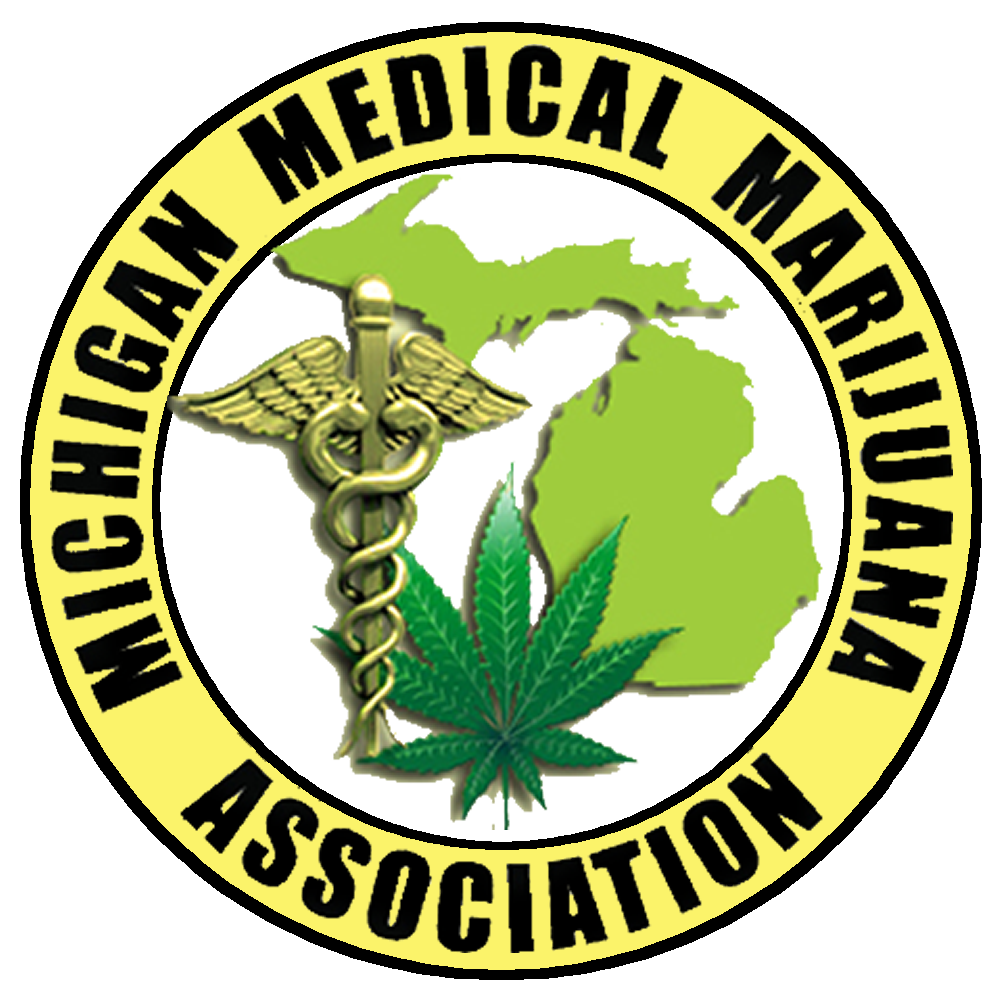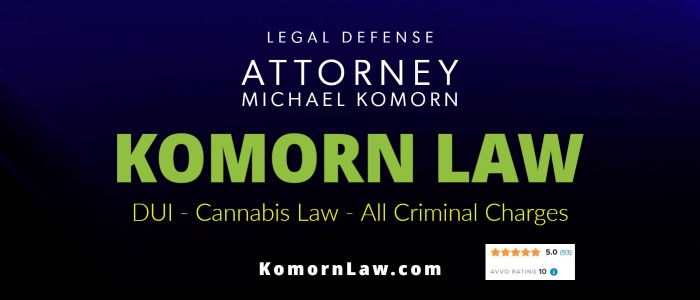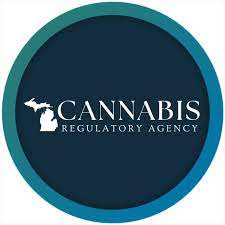Drug Recognition Evaluation
The Drug Recognition Expert Officer:
Signs Of Drug Impairment At Roadside
T. E. Page
P.O. Box 50332
Pasadena, California 91115-0332 USA
Los Angeles Police Department, retired
Abstract
Approximately 5,000 Drug Recognition Expert (DRE) officers serve in the United States and
British Columbia, Canada. Law enforcement agencies in Australia, England and Germany have
also adopted variations of DRE procedures.
The primary function of a DRE is to evaluate drivers for impairment due to drugs other than
alcohol. If the DRE evaluation is positive for drugs, the DRE will identify the category (s) of
drug (s), based on shared patterns of effects, causing the impairment.
The DRE evaluation typically occurs following an impaired driving arrest by a non-DRE officer
who suspects drug impairment. Drug impairment is typically suspected when the impairment is not consistent with the driver’s alcohol level as determined by a chemical test.
The involvement of a DRE officer depends upon the ability of an arresting officer to quickly
identify cues that suggest drug impairment.
Generally, the driving under the influence investigation involves three phases: (1) Illegal or
erratic driving actions that alert the officer to the possibility of alcohol and/or drug impairment;
(2) Face to face encounter with the driver during which the officer may discover indicia,
including physiological signs, of drug impairment; and (3) Administration of the Standardized
Field Sobriety Test (SFST) battery, concluding with the decision to arrest or release the driver.
The decision to administer the SFST battery is largely based upon evidence of impairment
recognized during the phase two encounter.
This paper summarizes Phase 2 cues that are taught in SFST and DRE courses, and compares
these cues with those documented in a sample of actual DUI-DRE investigations. It will discuss
the results and implications of this comparison for the DRE curricula, as well as for the training
of the non-DRE traffic enforcement officer.
In addition, this paper will provide an overview and update of the DRE program, procedures,
training, and court decisions.
Introduction
The Role of the DRE
Law Enforcement agencies in thirty-five United States and British Columbia, Canada, rely on
Drug Recognition Expert (DRE) officers to apprehend the drug-impaired driver. DREs utilize a
twelve-step procedure to reach three determinations: (1) that the driver is impaired; (2) that the
impairment is due to drugs, rather than from a medical condition requiring intervention; and (3)
the category of drug (s) that is causing the impairment. The administration of the twelve-step
procedure and resultant opinion are documented on a standardized Drug Influence Evaluation
(DIE) form. The DRE Program is formally titled “The Drug Evaluation and Classification
Program (DECP).” The International Association of Chiefs of Police (IACP) is the DECP’s
regulating authority.
The Twelve DRE Steps
Briefly, the twelve DRE steps are:
Step One: The Blood (or Breath) Alcohol Concentration
Step Two: Interview of the Arresting Officer
Step Three: Preliminary Examination (includes the first of three pulses)
Step Four: Eye Examinations (horizontal and vertical nystagmus, lack of convergence)
Step Five: Divided Attention Tests (modified Romberg, walk and turn, one-leg stand, finger to
nose)
Step Six: Vital Signs Examinations (includes the second of three pulses, blood pressure,
temperature)
Step Seven: Darkroom examinations of pupil size (includes an examination of the nasal and oral
cavities)
Step Eight: Muscle Tone
Step Nine: Examination of Injection Sites (includes the third pulse)
Step Ten: Statements, Interrogation
Step Eleven: Opinion of the DRE
Step Twelve: Toxicology: Obtaining a specimen and subsequent analysis
The Seven Drug Categories
The seven DRE drug categories are based on shared patterns of effects, rather than shared
chemical structure. These categories include legal, prescription, as well as illicit substances. The
drug categories are: Central Nervous System (CNS) Depressants, Inhalants, Phencyclidine,
Cannabis, CNS Stimulants, Hallucinogens, and Narcotic Analgesics. The prevalence of polydrug use complicates the DRE determinations.
The Three Legged Stool of Drugged Driver Prosecution
The “three-legs” of the so-called “three-legged stool” of drugged driver prosecution are: (1)
DRE evidence and testimony; (2) Testimony by the Arresting Officer; and (3) Toxicological
evidence through urinalysis or blood analysis (12th DRE step). Typically, evidence from all three
of these components is required for successful prosecution.
Court Acceptance
The DRE procedures have been subject to numerous defense challenges to the admissibility of
DRE testimony. Thus far, courts in California, Arizona, New York, Minnesota, Colorado,
Arkansas, Hawaii, Iowa, Oregon, Washington, Nebraska, and Florida have upheld the
admissibility of DRE evidence. Generally, courts have ruled that the DRE officer has expert
qualifications, and can therefore state an opinion as to drug influence. It is up to the trier of fact
(judge or jury) to determine the weight that is to be given the DRE opinion. In 2001, the IACP
instituted changes to the DRE twelve-step procedure (elimination of the indirect light portion of
the procedure). This change and others may subject the program to vigorous defense challenges.
Standardized Field Sobriety Testing Training
Prior to being accepted into Drug Recognition Expert training, the candidate officer must
successfully complete the DWI/Standardized Field Sobriety Testing (SFST) course. In addition,
the candidate must demonstrate proficiency in administering and interpreting the SFSTs. The
great majority of law enforcement officers never attend DRE training.
In fact, only approximately 5,000 officers in the U.S. and Canada are recognized as Drug Recognition
Experts. Therefore, the primary training in DWI/DUI detection for officers is the DWI/SFST
course. This course teaches three phases of DWI detection: (1) vehicle in motion; (2) personal
contact; and (3) SFSTs. The Phase 2 encounter between the officer and driver is usually the first
opportunity for the officer to recognize indicia of alcohol and/or drug influence. The curriculum
teaches the officer to utilize the senses of sight, smell, and hearing to identify the clues of
substance-induced (as opposed to medically-based) impairment. These clues of impairment must
be documented on an arrest report. The training includes instructor-led exercises during which
the students are asked: “What do you see? What do you hear? What do you smell?” If the officer
suspects impairment, the driver is directed to step out (exit) of the vehicle. The curriculum
includes instruction as to clues of impairment that may be identified during the process of exiting
the vehicle.
Personal Contact Phase Clues: From DWI/SFST course
Personal Contact Phase Clues: Sight
• bloodshot eyes
• soiled clothing
• fumbling fingers
• alcohol containers
• unusual actions
• bruises, bumps, scratches
Personal Contact Phase Clues: Hearing
• slurred speech
• admission of drinking
• inconsistent responses
• unusual statements
• abusive language
Personal Contact Phase Clues: Smell
• alcoholic beverage
• “cover-up” odors
• other unusual odors
The curriculum emphasizes that these are not the only clues that may be identified. For each of
the senses, “anything else” is included as an additional clue. .
Personal Contact Phase Clues: Vehicle Exit
• angry, unusual reaction
• can’t follow directions
• can’t open door
• leaves car in gear
• “climbs” out of car
• leans against car
• keeps hand on car
As is the case with the pre-exit clues, “anything else” is also included.
The DRE curriculum builds upon the knowledge and skills mastered during the DWI/SFST
course. It includes specific information on the signs and symptoms of each of the seven DRE
categories. Similar to the clues of sight, smell, and hearing that are taught in the DWI/SFST
course, the DRE training includes “general indicators” for each of the drug categories. These
indicators may be seen (independent of the DRE evaluation) during the Phase 2 personal contact
phase.
CNS Depressants General Indicators:
• drowsiness
• droopy eyes (ptosis)
• thick, slurred speech
• uncoordinated
• fumbling
• slow reactions, sluggish
• muscle tone – flaccid
Inhalants General Indicators
• odor of the inhaled substance
• possible traces of the substance around the race and nose and on the hand or clothing
• bloodshot, watery eyes
• confused, disoriented appearance
• muscle tone varies
• flushed face, possibly sweating
• slow, thick, slurred speech
• non-communicative
• pupils normal or dilated (from eye examination)
Phencyclidine General Indicators:
• blank stare
• warm to the touch
• perspiring
• muscle tone – rigid
• speech slurred and slow repetitive speech
• non-response, slow responses
• confused
• agitated
• may become suddenly violent
• chemical odor (or Ether, used in preparation of PCP)
• self-reported hallucinations
• cyclic behavior
Cannabis
• odor of burnt Marijuana on suspect’s breath, clothing, etc.
• marked reddening of the Conjunctiva
• marijuana debris (leaves, seeds, etc.) in mouth or on clothing
• body tremors
• disorientation
• relaxed inhibitions
• muscle tone is normal
• pupils dilated or normal (from eye examination)
CNS Stimulants General Indicators:
• restlessness
• anxiety
• euphoria
• talkativeness
• irritability
• runny nose
• redness to nasal area
• grinding teeth (bruxism)
• leg tremors
• eyelid tremors
• dilated pupils (from eye examination)
Hallucinogens General Indicators:
• dazed appearance
• body tremors
• perspiring
• uncoordinated movements
• muscle tone – normal/rigid
• difficulty with speech
• statements/utterances suggesting hallucinations or distorted sensory perceptions
• dilated pupils (from eye examination)
Narcotic Analgesics General Indicators
• “track marks”
• “on the nod”
• droopy eyelids
• slowed reflexes
• slow, low, raspy speech
• facial itching
• dry mouth
• euphoria
• pupils visibly and obviously constricted
Methods
Eighteen cases were included in this analysis. In all the cases a full DRE evaluation was
conducted subsequent to arrest. The written observations of arresting officers and DRE officers
were culled from these arrest and DRE reports. All arrests were made during February of 2002.
Reports of these arrests were submitted to the Los Angeles Police Department’s Drug
Recognition Expert Unit. Of these eighteen, only four involved driving on the subject’s part.
The remainder of the cases involved arrests for non-driving offenses, including battery, drug
possession, and use of controlled substances. In nine of the cases (one of the four driving cases),
the Drug Recognition Expert officer was the arresting officer.
Results
Perhaps not surprisingly, the observations of the arresting officer and the DRE officer are for the
most part identical. This is the case even though time has elapsed from the time of the arresting
officers’ observations during initial contact until the DRE first observes the subject. Certainly,
the duration of effects of the drugs in question are relevant. Both sets of observations are
consistent with the eventual DRE opinion as to drug category. Toxicological results were not
available at the time of this report.
Discussion
The initial observations of arresting officers and those of DRE officers are virtually identical.
Independently, the observations strongly suggest the drug types responsible for the impairment.
The value of a full DRE evaluation may lie less in determining the drug category, than in ruling
out other causes of impairment, such as medical conditions. In addition, full DRE evaluations
may be necessary in some jurisdictions to obtain impaired driving convictions.
References
DWI Detection and Standardized Field Sobriety Testing: Instructor Manual
U.S. Department of Transportation, National Highway Traffic Safety Administration
HS 178 R10/95
Drug Evaluation and Classification Training Instructor Manual: “The Drug Recognition Expert
School” HS 172 R8/99. U.S. Department of Transportation, National Highway Traffic Safety
Administration









